Today’s walk led me past a small construction site—an unexpected gallery of forms I don’t often get to see up close. Instead of people and storefronts, my subjects were the tools that shape the street: a bucket resting on a bed of mud, a coil of hoses piled like a sleeping snake, spoked wheels dusted with cement, and a lone tire leaning against a tarp-draped hulk of metal. It felt like arriving after a performance, when all the instruments are silent but still showing with the day’s work.
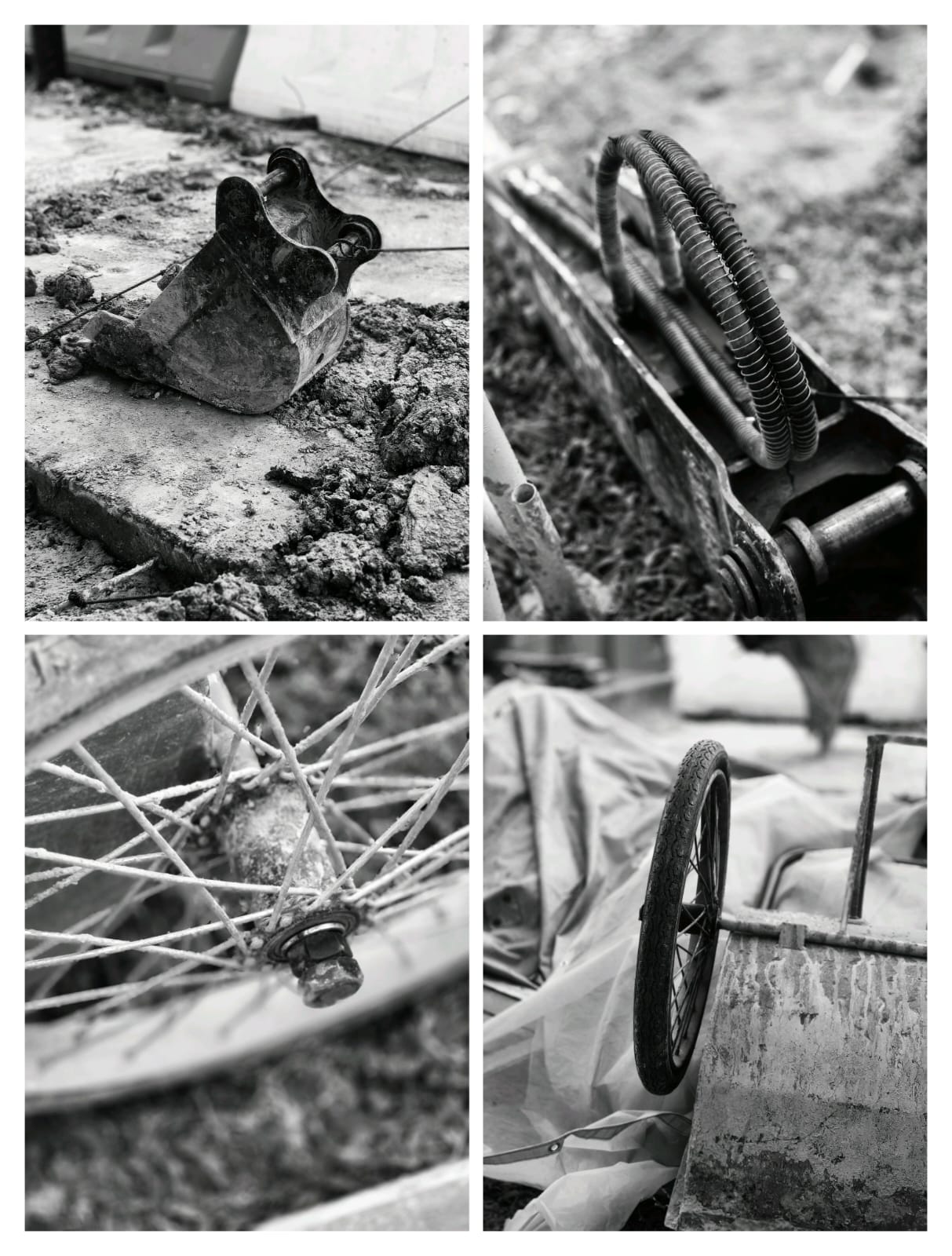
Black and white suited the scene right away. The weight of steel reads differently without color; the dents, scratches, and dried concrete show up as textures rather than mess. I leaned into contrast—lifting the highlights just enough to catch the metallic sheen and pulling the blacks down to give the grit some depth. Circles and lines did the rest: spokes intersecting like a quick sketch, cables looping back on themselves, and the bucket’s curve anchoring the frame.
What I like about photographing equipment is how honest it is. These objects don’t pose; they wait. They carry stories in scuffs and rust, in mud packed into corners, in tape that’s been wrapped and rewrapped. Street photography isn’t only the people who pass through—sometimes it’s the infrastructure that allows the city to change beneath our feet.
I don’t encounter scenes like this often, which made the find even more interesting. Next time, I’d love to catch the crew at work and see how the shapes shift when everything is in motion. For now, I’m happy with these quieter moments—evidence of effort, paused. It’s a reminder that beauty can hide in the tools we walk past every day, waiting for someone to notice.
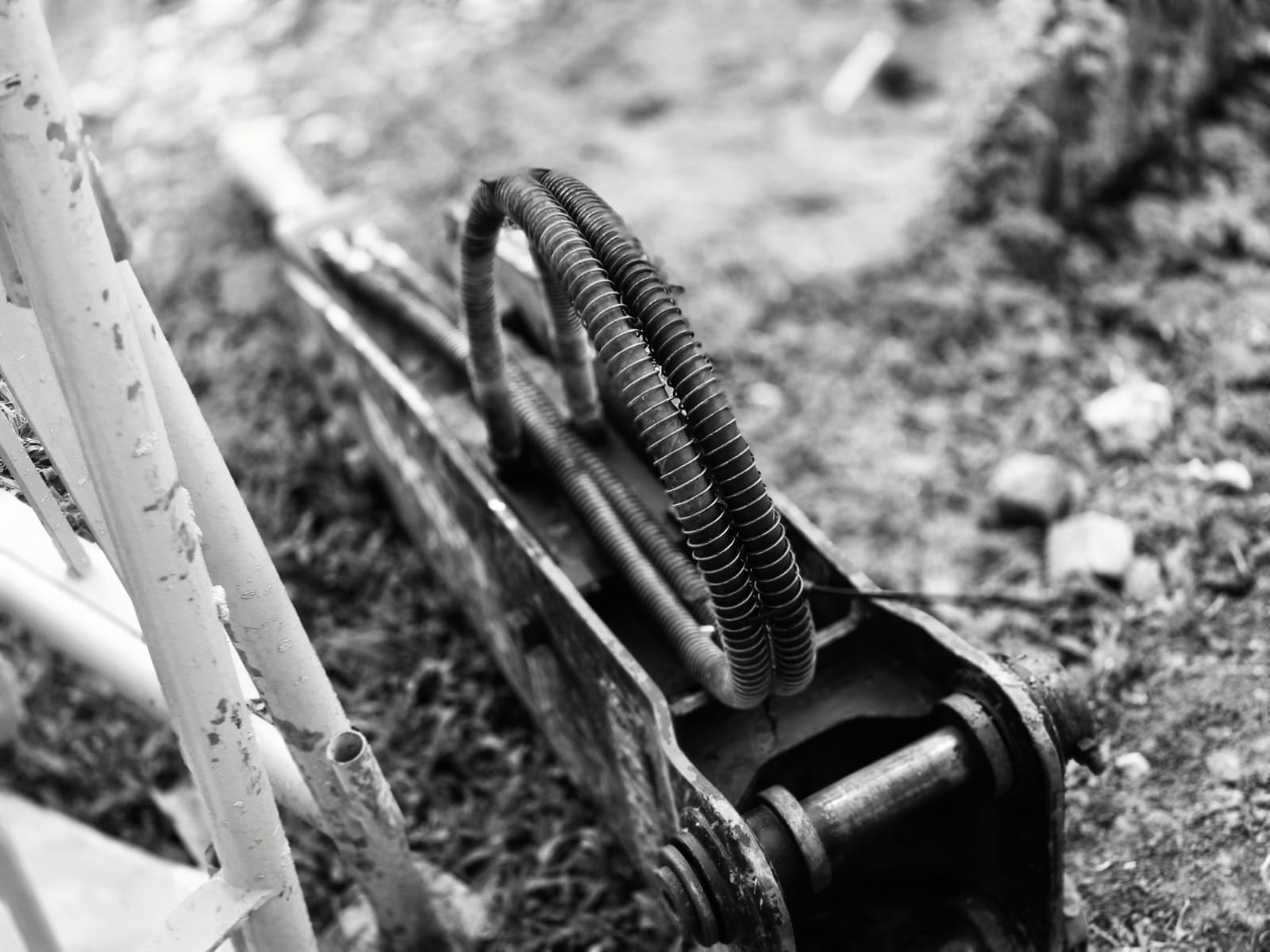
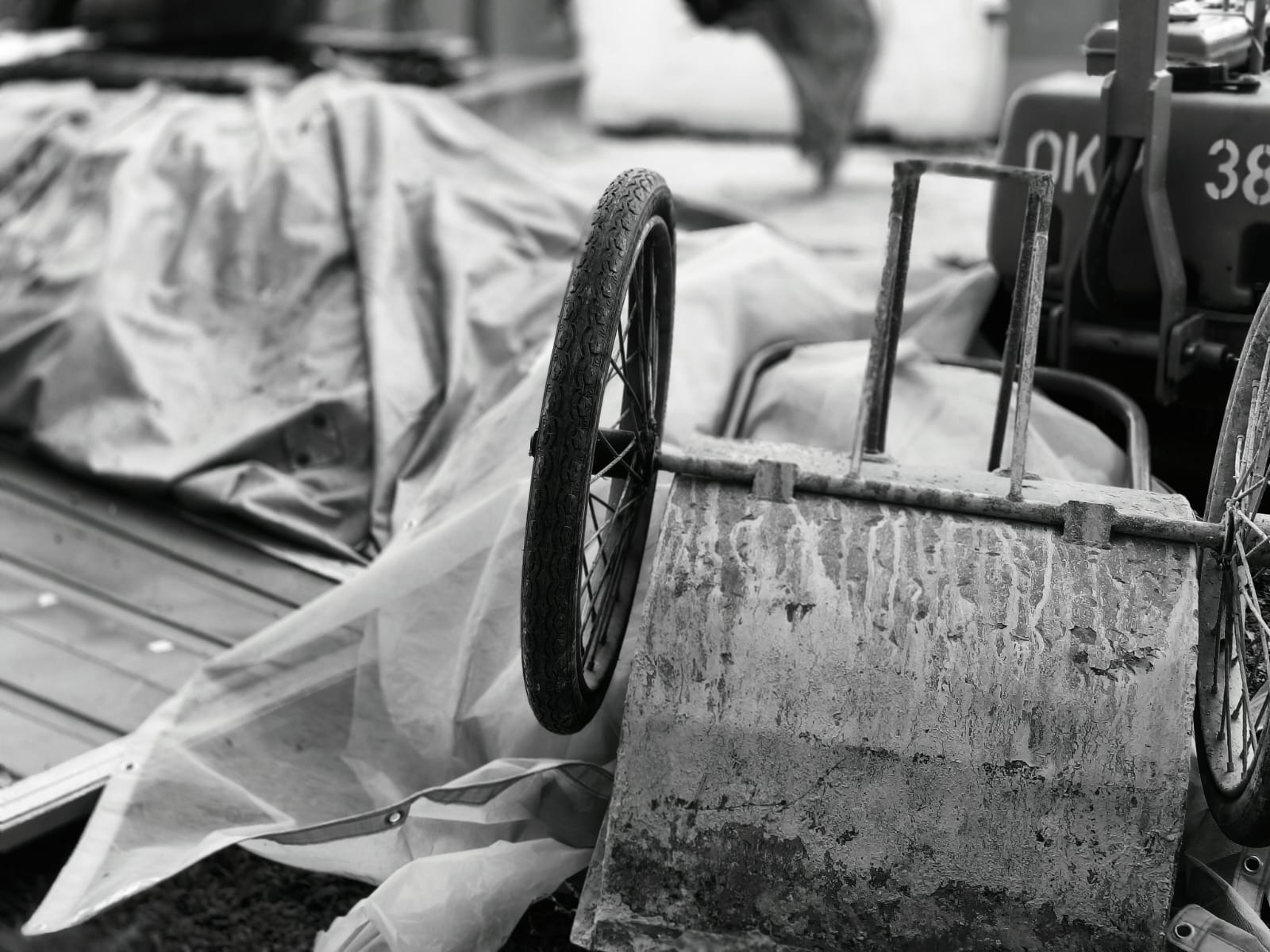
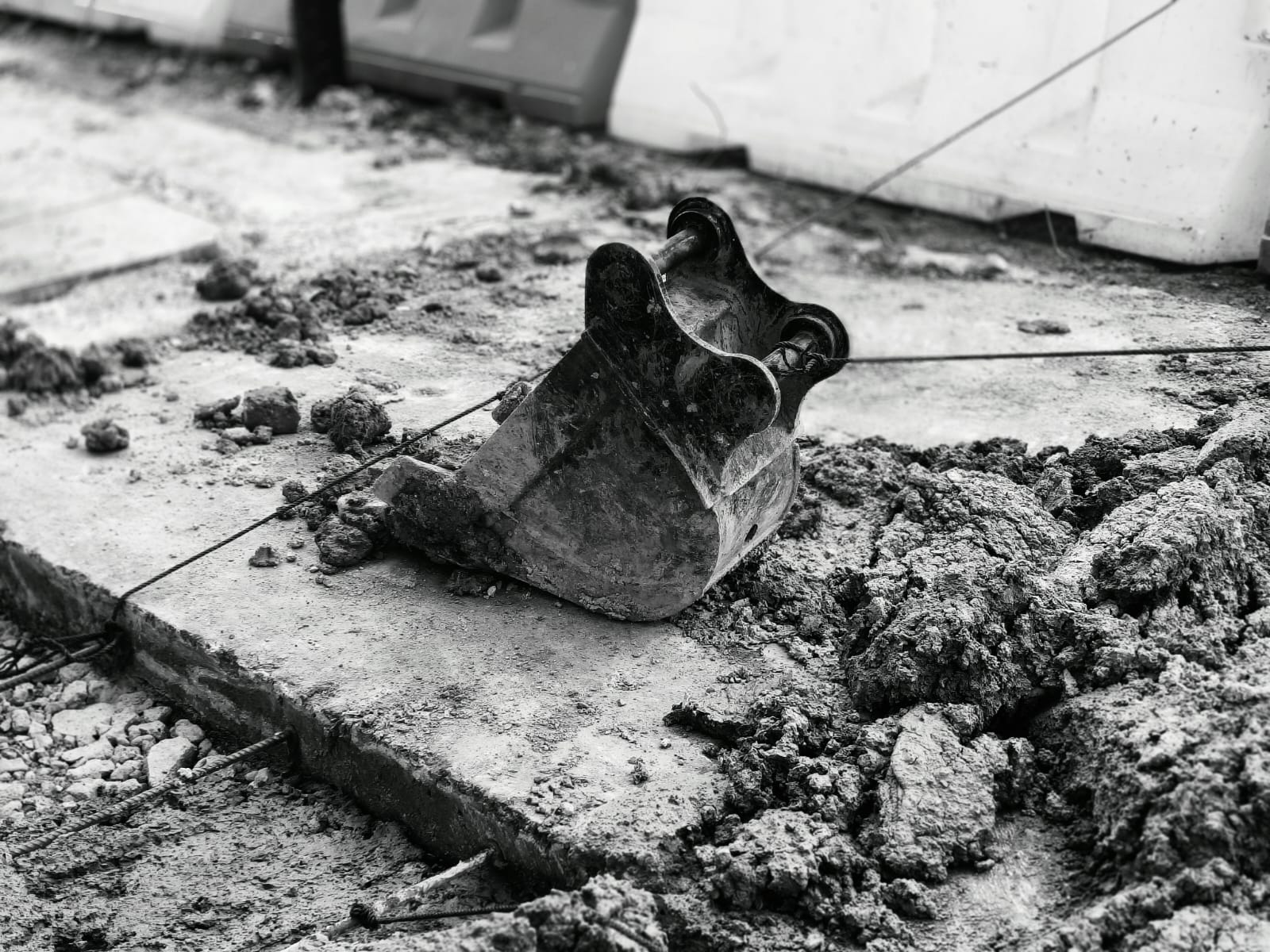
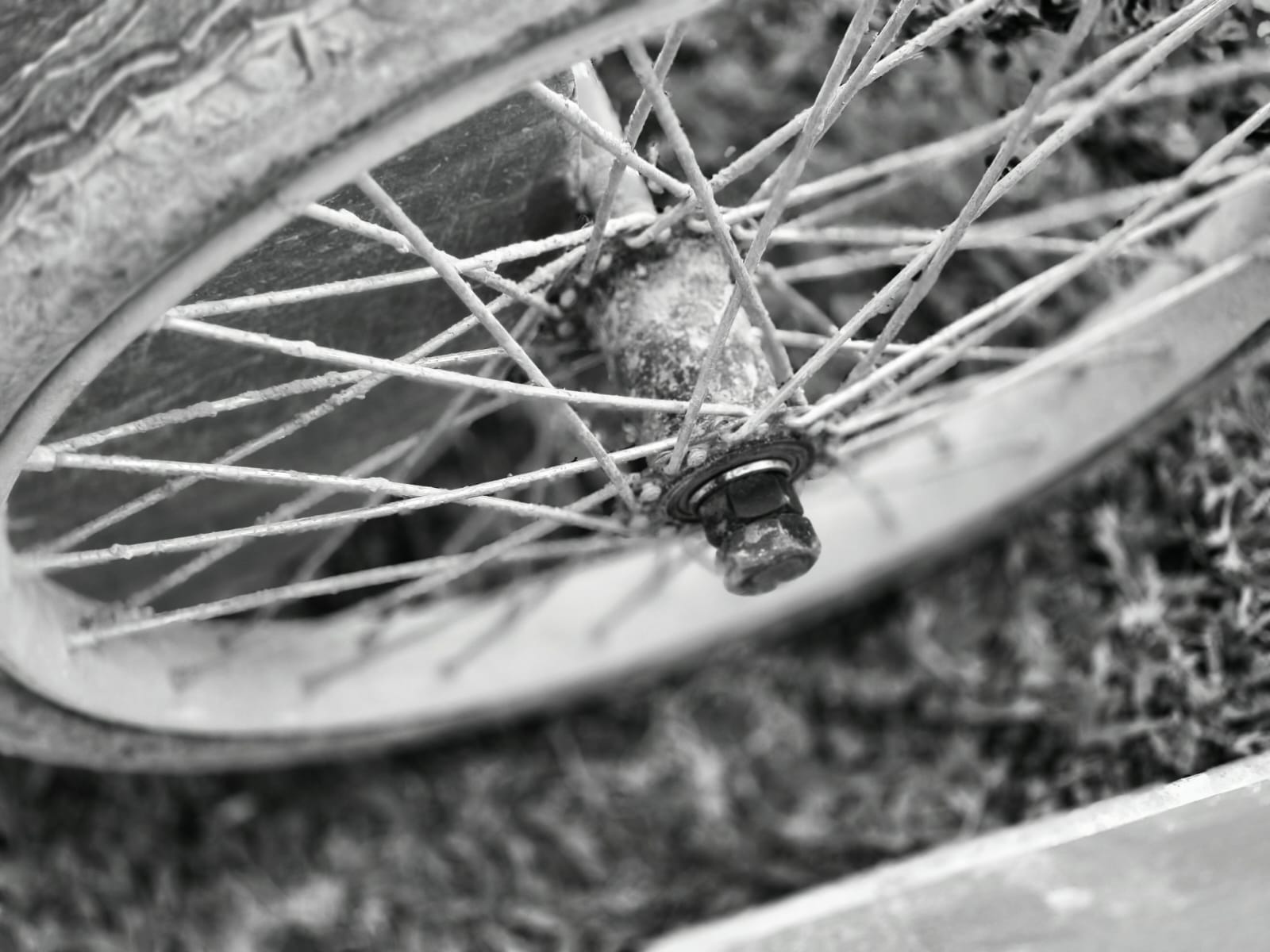
”To see in color is a delight for the eye, but to see in black and white is delight for the soul.”
~ Andri Cauldwell
Thank you for viewing my post.
Cheers!
@funtraveller

All original images by author